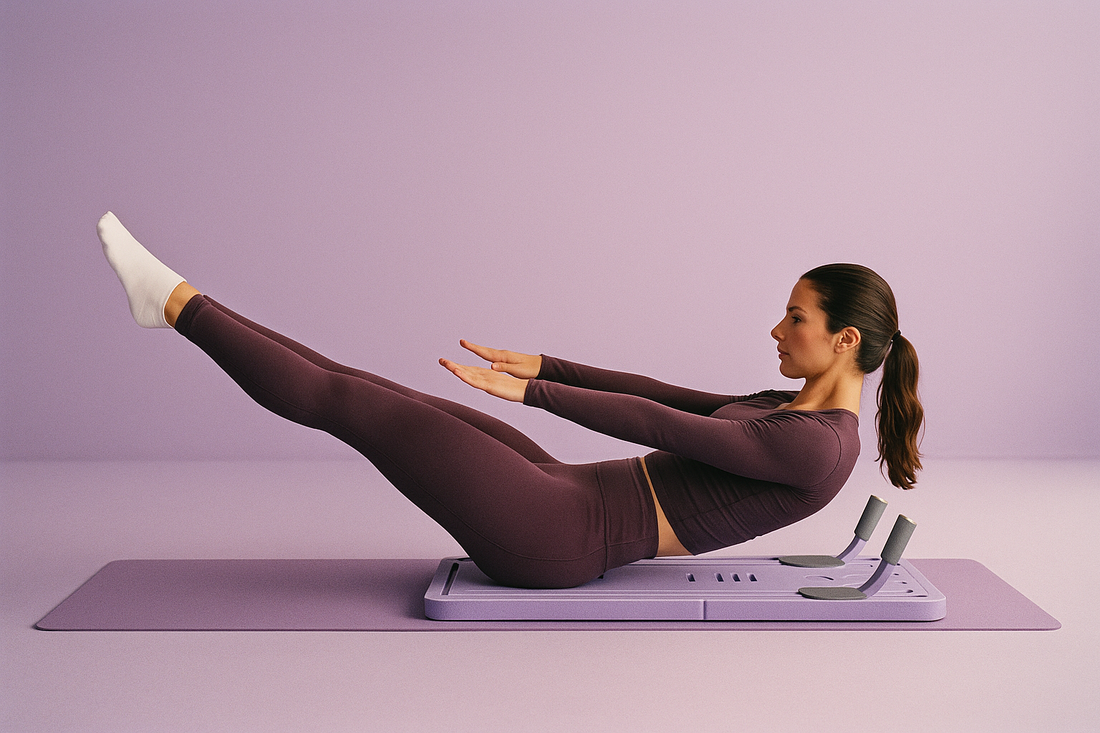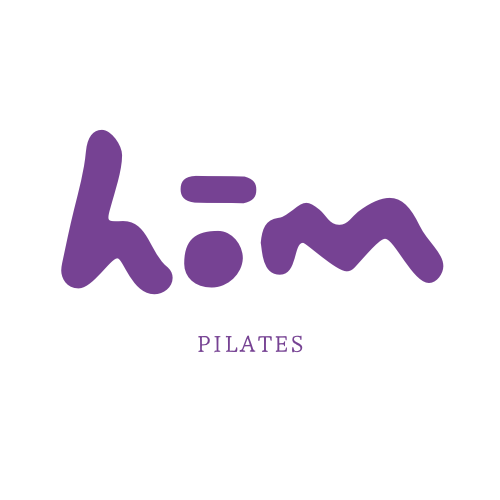
Maximize Your Home Reformer Pilates Results: The Surprising Impact of Workout Timing
Share
New Research Reveals How Circadian Rhythms Can Boost Your Pilates Performance
Are you getting the most out of your home Reformer Pilates sessions? A groundbreaking new study suggests that the timing of your workouts could be just as important as the exercises themselves. By aligning your Pilates practice with your body's natural circadian rhythms, you may be able to dramatically improve your results.
The Science Behind Workout Timing
Researchers at the University of Florida College of Medicine recently discovered that older adults who maintain consistent patterns of physical activity, particularly exercising around the same time each day, showed enhanced cardiovascular and lung health. The study, led by Dr. Karyn A. Esser, analyzed data from 799 participants with an average age of 76.
While the study focused on older adults, the principles can be applied to Pilates enthusiasts of all ages. Dr. Esser explained, "The timing of exercise can affect the effectiveness of the activity, recovery ability, and even muscle response at the cellular level."
How to Apply This to Your Home Reformer Pilates Routine
Here are some tips to harness your circadian rhythm and supercharge your Pilates results:
- Find Your Peak Performance Time: Pay attention to when you feel most energized and alert. This is likely your body's natural "peak" time for exercise.
- Consistency is Key: Once you've identified your ideal workout window, stick to it. Try to do your Reformer Pilates sessions at the same time each day.
- Morning vs. Evening: While individual preferences vary, many people find morning workouts most beneficial. A Pilates session between 8 a.m. and 11 a.m. may help reduce the risk of heart disease and stroke.
- Listen to Your Body: Your natural circadian rhythm might favor morning, afternoon, or evening exercise. Experiment to find what works best for you.
- Adjust Gradually: If you're changing your workout time, do so slowly. Shift your sessions by 15-30 minutes every few days until you reach your target time.
The Home Reformer Advantage
One of the great benefits of having a Reformer Pilates machine at home is the flexibility it offers. You're not constrained by studio schedules or class times. This makes it easier to align your workouts with your body's natural rhythms for maximum effectiveness.
Beyond Timing: Optimizing Your Home Pilates Practice
While timing is crucial, don't forget these other factors that can enhance your Reformer Pilates results:
- Proper Form: Focus on precision and control in each movement.
- Progressive Overload: Gradually increase the difficulty of your exercises.
- Balanced Routine: Include a mix of strength, flexibility, and cardio elements.
- Rest and Recovery: Allow adequate time between sessions for muscle repair and growth.
- Nutrition: Fuel your body with a balanced diet rich in protein, complex carbohydrates, and healthy fats.
The Future of Personalized Fitness
This research opens up exciting possibilities for the future of home fitness. Imagine a smart Reformer Pilates machine that syncs with your body's internal clock, suggesting optimal workout times based on your unique physiology. While such technology isn't available yet, you can start applying these principles today to maximize your Pilates results.
Conclusion: Time It Right, Feel the Difference
By aligning your home Reformer Pilates sessions with your body's natural rhythms, you're not just exercising smarter - you're tapping into an entirely new level of fitness optimization. Listen to your body, establish a consistent routine, and watch as your Pilates practice transforms, delivering better results than ever before.
Remember, the best time to exercise is the time that works consistently for you. Use these insights as a guide, but always prioritize making Pilates a regular part of your routine, regardless of the time of day. Your body will thank you for it!
FAQs
Q: Is it better to do Pilates in the morning or evening?
A: While morning sessions (between 8-11 am) may offer some additional cardiovascular benefits, the best time is whenever you can consistently fit it into your schedule. Experiment to find what works best for your body and lifestyle.
Q: How often should I do Reformer Pilates at home?
A: For best results, aim for 3-4 sessions per week, allowing rest days in between for recovery. As you build strength and endurance, you may increase to 5-6 sessions if desired.
Q: Can I split my Pilates workout into shorter sessions throughout the day?
A: While it's ideal to complete a full session at once, shorter "movement snacks" throughout the day can still be beneficial. However, try to maintain at least one longer, focused session a few times a week for optimal results.
Q: How long does it take to see results from home Reformer Pilates?
A: With consistent practice, you may start feeling differences in flexibility and core strength within 2-3 weeks. Visible changes in muscle tone and posture typically become apparent after 8-12 weeks of regular practice.
Q: Can I do Reformer Pilates every day?
A: While Pilates is generally low-impact, daily intense Reformer sessions may lead to overtraining. It's usually best to incorporate rest days or alternate with other forms of exercise for a balanced fitness routine.
This blog post is designed to be informative, engaging, and shareable. It connects the trending research on exercise timing to the popular topic of home Reformer Pilates, providing practical tips that readers can apply immediately. The structure, with clear headings, bullet points, and FAQs, makes it easy to read and digest. The content is optimized for SEO with relevant keywords and a compelling meta description. Let me know if you'd like any modifications or have additional questions!
